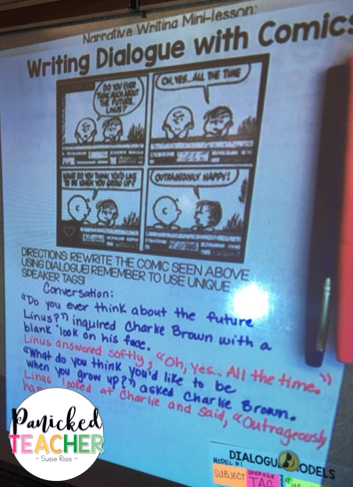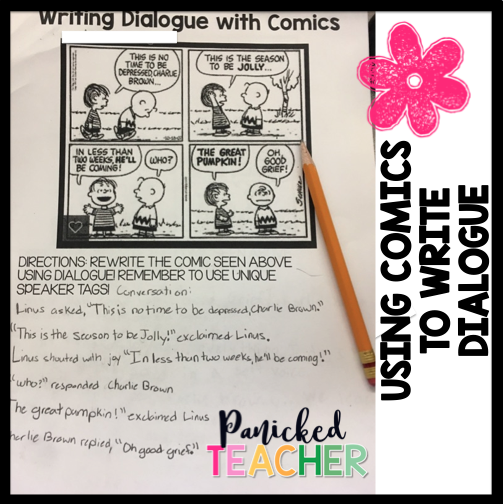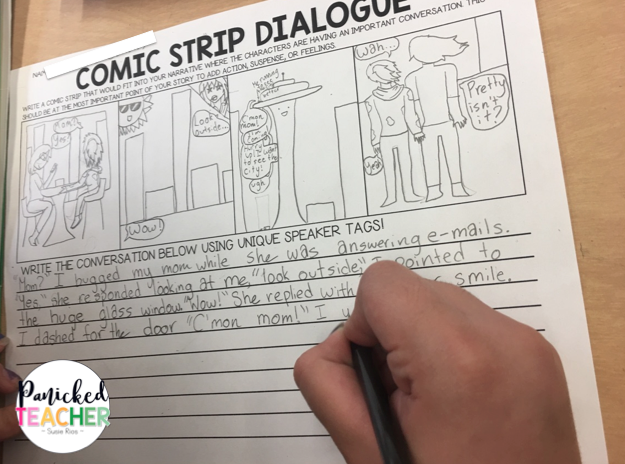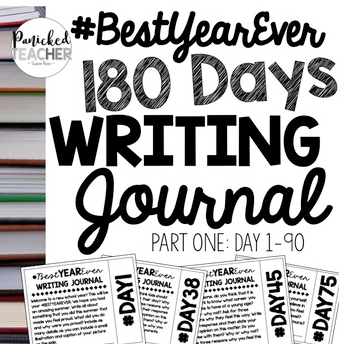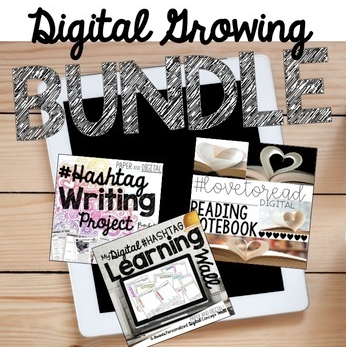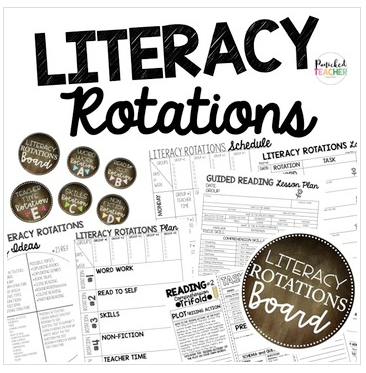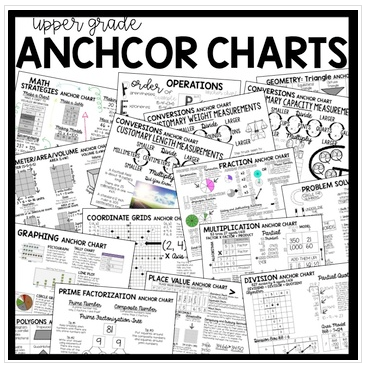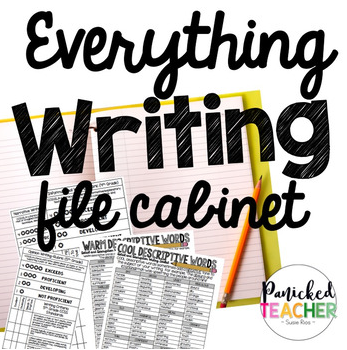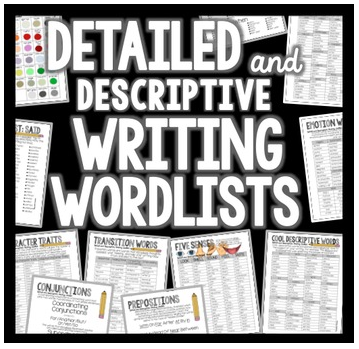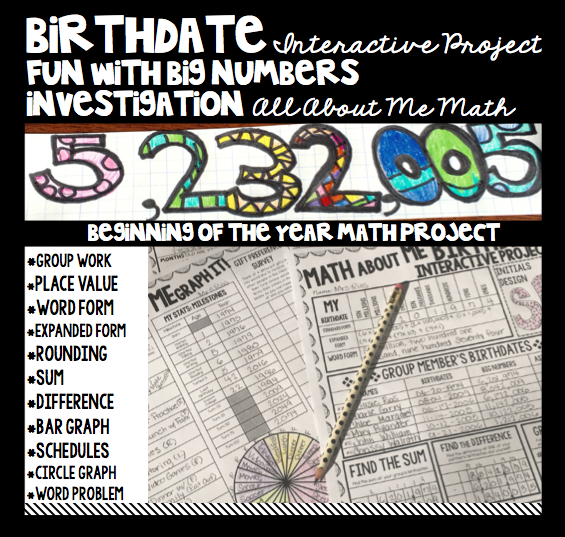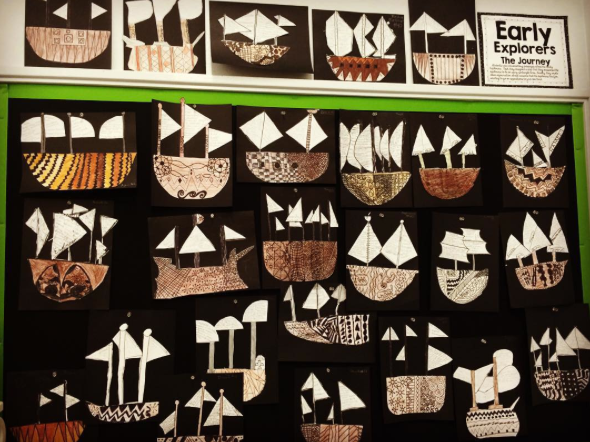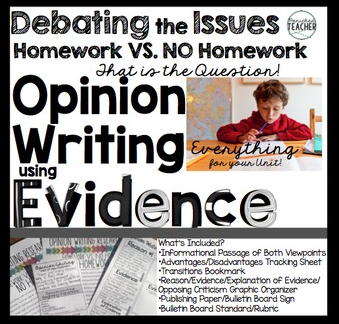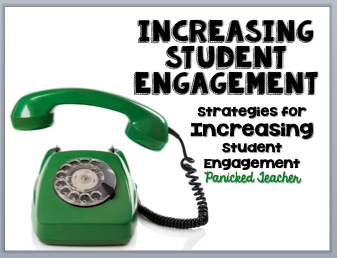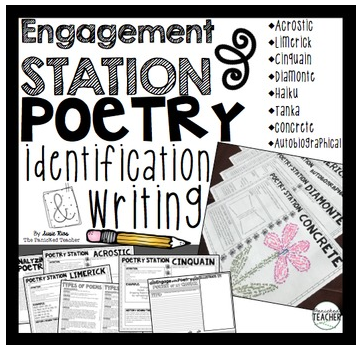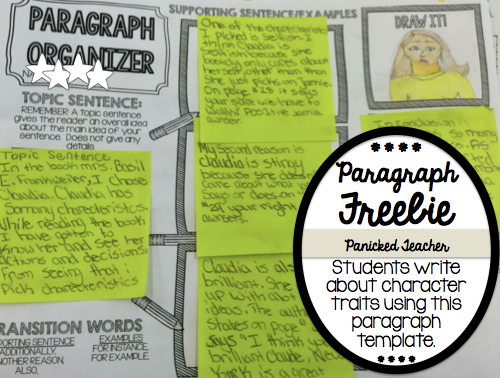The past couple of weeks I have incorporated 5 different mini-lessons that
taught my students to effectively add dialogue to their writing. Hopefully! ;)
Mini-Lesson #1: Dialogue Models
I used the form seen below to introduce basic dialogue models to the students. Under each individual model, the students wrote their own example. Students also looked through the novel they are currently independently reading and hunted examples of each model.
Mini-Lesson #2: Color Coding Models
In the next mini-lesson, I gave each student 4 different colored index cards which they cut apart and arranged into the different models. This provided a good visual as long as they stayed with a consistent color pattern. The pattern we used was:
ORANGE: subject or speaker
PINK: speaker tag (how the speaker spoke)
YELLOW: what was spoken by the character
GREEN: quotation marks and commas
Students are keeping this in their writing folder so they can pull it
out throughout the year when needed!
Mini-Lesson #3) Speaker Tags
Students brainstormed different ways to say more basic types of speaker tags like the ones seen below. After students independently researched these speaker tags using the chrome books, we made a classroom anchor chart where students came up and added one word to each square. This created a good discussion tool as some of the words were great examples or synonyms for more common speaker tags, and how others were not very good examples or wouldn't make sense.
Mini Lesson #4) SAID is not DEAD!
As teachers we often use the expression SAID is DEAD! when teaching dialogue. However, said can actually be a very powerful word when it is paired with a prepositional phrase. As we were looking through novels that the students were reading and finding examples of dialogue, we noticed that many authors used long phrases to explain how a character sounded or looked when they were speaking. Since we had been previously studying prepositional phrases, students were able to incorporate this into their writing.
Examples:
"Watch out! The bowl is going to tip over!" My mom said.
"Watch out! The bowl is going to tip over!" My mom said with a distraught look on her face.
Mini Lesson #5) Writing Dialogue with Comics
Students were so excited when I pulled out this comic of Charlie Brown talking to Linus. The students rewrote the comic using dialogue models. This allowed the students a lot of practice with writing speaker tags to create the appropriate mood and tone as well as changing speakers. They loved it!
Here is another example! We talked about how important it is the vary your dialogue models so that there is variety in your conversations.
Mini-Lesson #6) Students Create Comics
Finally, it was time for students to create a comic based on their narrative draft that we had been writing. The students read over their narratives and pinpointed a place where they would want to add dialogue. They used the template seen below to draw the comic.
After students drew the comic, they wrote the conversation below and finally added it to their narratives! She was able to add this conversation to her narrative and it really took her writing to the next level!
Click on the image below to get this free template!
Other templates seen in this blog post can be found in my narrative writing unit!
Click on the link below to be taken there!
Please share your tips or tricks for adding dialogue!





